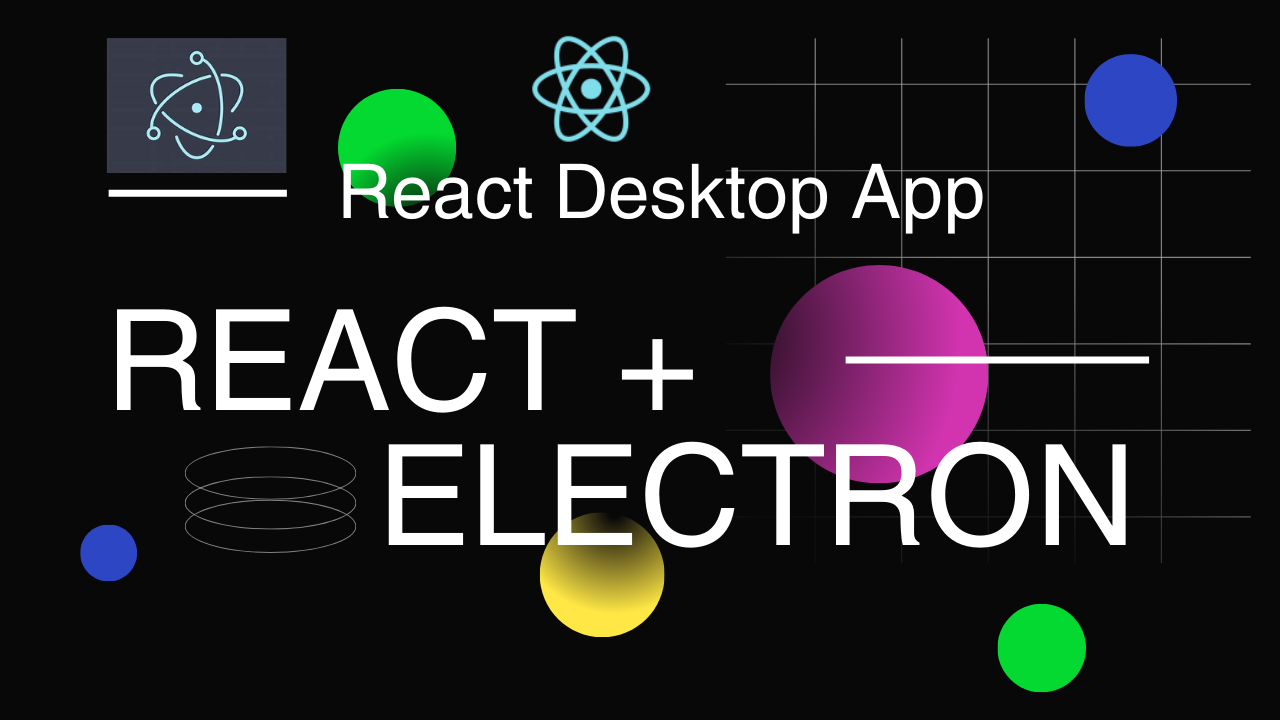AI
How to Get Started with AI
How to Get Started with AI

Artificial Intelligence (AI) has become one of the most transformative technologies of our time. From smart assistants like Siri and Alexa to self-driving cars and predictive analytics, AI is reshaping industries and the way we interact with technology. If you're excited to dive into AI but unsure where to start, this guide will walk you through the essential steps to get started on your AI journey.
1. Understand the Basics of AI
Before you begin hands-on work, it's important to understand the core concepts of AI. AI refers to the simulation of human intelligence by machines, enabling them to perform tasks that typically require human intelligence. AI encompasses several subfields, including:
- Machine Learning (ML): The science of teaching machines to learn from data without being explicitly programmed.
- Deep Learning: A subset of ML that uses neural networks to solve complex problems.
- Natural Language Processing (NLP): AI focused on enabling machines to understand and interpret human language.
- Computer Vision: The ability of machines to interpret visual information, like images and videos.
- Robotics: The integration of AI in machines that can perform tasks autonomously or with human intervention.
2. Learn Python
Python is the most popular programming language for AI and machine learning due to its simplicity and powerful libraries. Here’s why Python is ideal for AI:
- Simple Syntax: Python’s easy-to-understand syntax allows beginners to focus more on learning AI concepts rather than the intricacies of the language.
- Rich Ecosystem: Python boasts numerous AI and ML libraries like TensorFlow, Keras, PyTorch, and Scikit-learn that provide pre-built tools and functions to streamline AI development.
- Large Community: The vast community of Python developers ensures abundant resources and support for troubleshooting.
3. Study Mathematics and Statistics
AI, especially machine learning, is heavily grounded in mathematics and statistics. Key areas to focus on include:
- Linear Algebra: Essential for understanding data representation, transformations, and algorithms like neural networks.
- Calculus: Used in optimizing machine learning models, particularly in gradient descent algorithms.
- Probability and Statistics: Help in making predictions and understanding uncertainty in data, critical for tasks like classification and regression.
While you don’t need to be a math genius, a solid grasp of these subjects will significantly enhance your understanding of AI algorithms.
4. Get Familiar with AI Tools and Libraries
Once you have a basic understanding of AI and Python, it’s time to explore the various libraries and frameworks available for AI development:
- TensorFlow: An open-source library developed by Google for machine learning and deep learning applications.
- PyTorch: A popular deep learning framework used for developing neural networks and deep learning models.
- Scikit-learn: A machine learning library that simplifies tasks like classification, regression, and clustering.
- Keras: A high-level neural network API that simplifies working with deep learning, often running on top of TensorFlow or Theano.
- NLTK (Natural Language Toolkit): A library for processing and analyzing human language data.
5. Start with Machine Learning
Machine learning is a great entry point into AI because it's applicable to many real-world tasks, from spam filtering to recommendation engines. Here’s how you can start:
- Supervised Learning: Start by learning supervised learning, where the model is trained on labeled data. For example, teaching a model to recognize pictures of cats and dogs.
- Unsupervised Learning: Explore unsupervised learning, where the model learns patterns from unlabeled data, such as clustering customers into segments based on behavior.
- Reinforcement Learning: Delve into reinforcement learning, where the model learns by interacting with an environment, often used in gaming and robotics.
6. Work on AI Projects
Hands-on experience is crucial for learning AI. Build projects that apply the AI techniques you've learned. Some beginner project ideas include:
- Spam Email Classifier: Use machine learning to identify spam emails based on text features.
- Image Recognition App: Build an app that can recognize and classify objects in images.
- Chatbot: Create a chatbot using NLP to answer basic queries or provide customer service.
- Movie Recommendation System: Build a recommendation system like Netflix’s that suggests movies based on user preferences.
7. Leverage AI Courses and Resources
There are numerous free and paid resources online to guide your AI learning:
- Coursera: Offers AI and ML courses from top universities like Stanford and Google’s AI for Everyone.
- edX: Provides courses from institutions like MIT, covering everything from AI ethics to deep learning.
- Kaggle: An excellent platform to find datasets, participate in AI competitions, and practice your skills in real-world projects.
- Books: Read classic books like "Deep Learning" by Ian Goodfellow, or "Hands-On Machine Learning with Scikit-Learn, Keras, and TensorFlow" by Aurélien Géron for more in-depth knowledge.
8. Join AI Communities
AI is an evolving field, and staying updated with the latest advancements is crucial. Joining AI communities will help you network with other AI enthusiasts, stay informed, and seek help when you’re stuck. Some popular AI communities include:
- Reddit: Subreddits like r/MachineLearning and r/artificial provide updates, discussions, and shared resources on AI.
- Stack Overflow: A go-to platform for troubleshooting code issues and sharing insights.
- AI Conferences and Meetups: Attend AI meetups or conferences, either locally or virtually, to meet experts and stay abreast of the latest AI trends.
9. Stay Curious and Keep Learning
AI is a constantly evolving field with rapid advancements. Stay curious, keep experimenting, and never stop learning. Dive deeper into areas like deep learning, reinforcement learning, and natural language processing as you grow more comfortable with AI. The more you practice and stay updated, the more proficient you’ll become.
Conclusion
Getting started with AI may seem daunting at first, but with the right approach and resources, you can quickly gain foundational skills. Start small, build your knowledge progressively, and soon you'll be equipped to tackle complex AI challenges. Remember, AI is about solving real-world problems with smart solutions, so focus on practical applications, work on projects, and keep pushing the boundaries of what's possible.

Engr. Haris Khan
Software Engineer
Recommended Blogs
Explore the latest trends and insights in technology, innovation, and digital transformation to stay ahead in a rapidly evolving world.

Optimizing SEO in React.js: How to Properly Set Up robots.txt

The Future of AI: Transformations and Expectations

The Advantages of Using Next.js for Website Development

How Generative AI is Transforming the World

Creating Desktop Application with Electron JS and React JS

How to Get Started with AI
Subscribeto our Newsletter
Join now to receive personalized tech tutorials, course recommendations, and programming insights straight to your inbox.